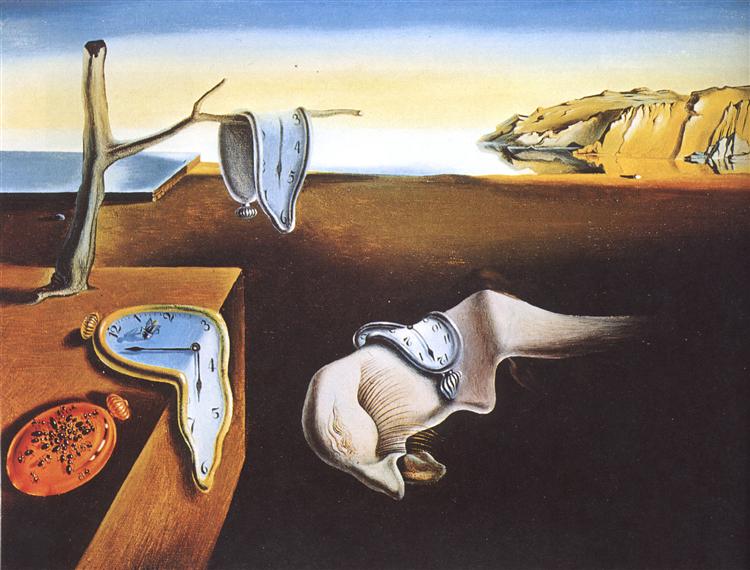“Be a part of your time
but do not be its creature”
We hold “Open Office Hours” every day at 11:00 until 11:30 AM Eastern US Time (15:00 – 15:30 UTC or 16:00 – 16:300 UTC depending upon Daylight Savings Time Standards) for consultation on anything having to do with regulations, codes and standards that govern any dimension of the physical character of education communities. They’re just conversations. If we need more time, we take it; or schedule another breakout session. Saturday morning sessions are not unthinkable. Academic communities are always open.
In the spring and fall you will need to wiggle the click-in time owing to national daylight savings practice.
“History” is not about what happened. History is a “story” about what happened.
History never says “Goodbye”. History always says “See you later”










